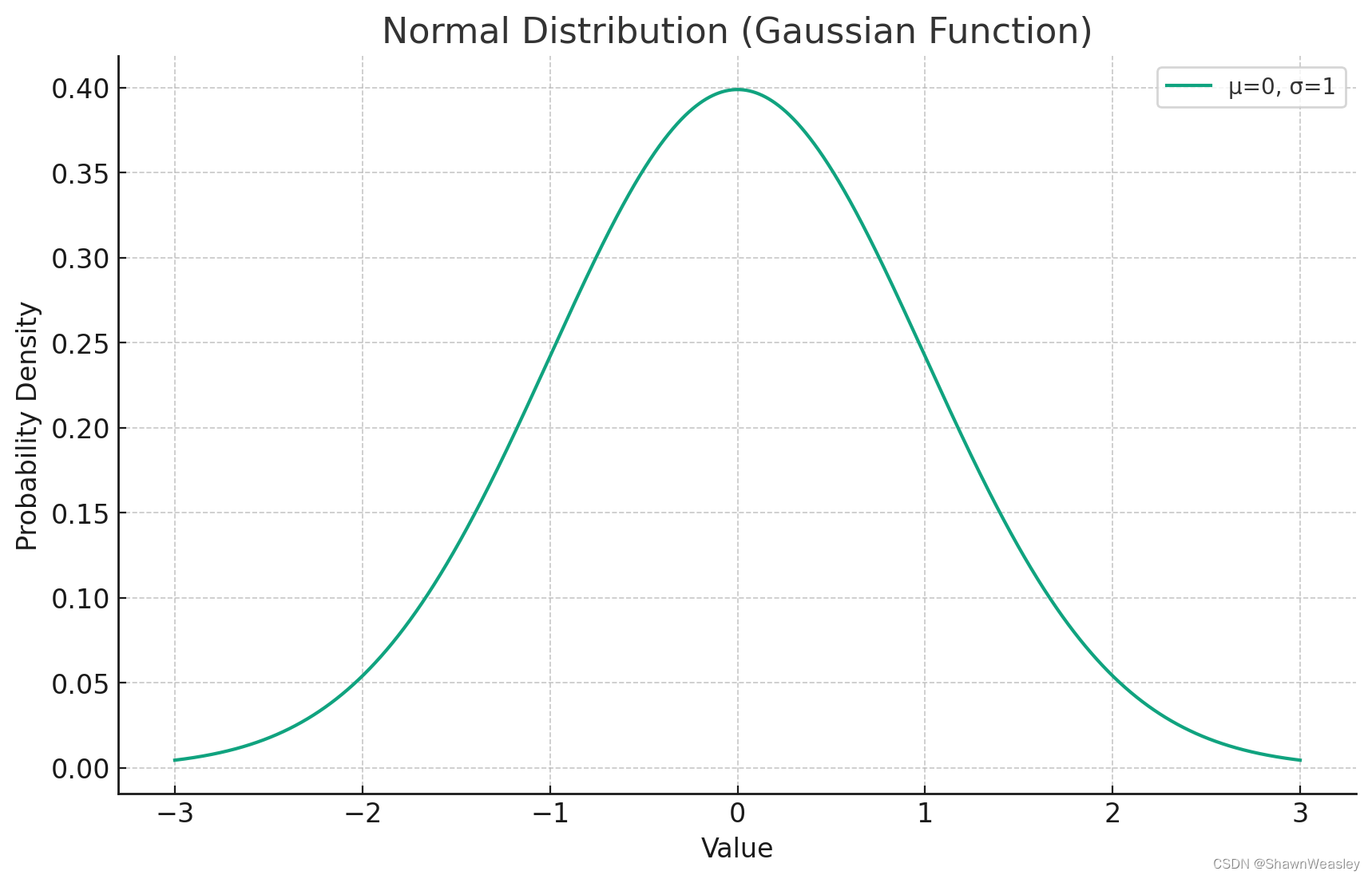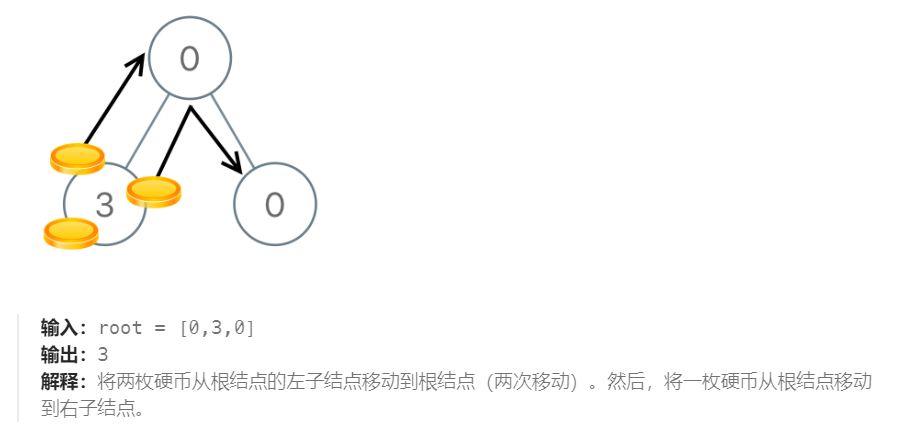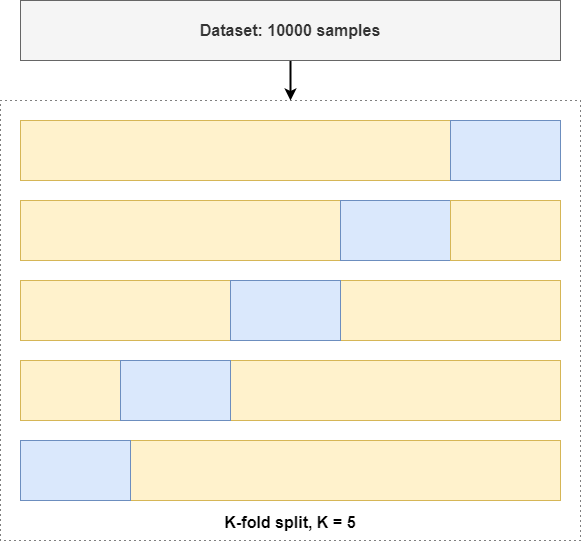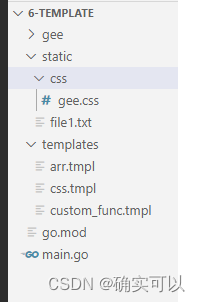文章目录
- 前言
- 一、lambda
- 1. 排序
- 1.1 按照对象属性排序:
- 1.2 字符串List排序:
- 1.3 数据库排序jpa
- 2. 聚合
- 2.1 基本聚合(返回对象list)
- 2.2 多字段组合聚合(直接返回对象list数量)
- 二、基础语法
- 2.1 List
- 2.1.1 数组初始化赋值
- 2.1.2. 逗号分割字符串、list互转
- 2.1.3 去重
- 2.2. Json解析
- 2.2.1 Gson
- 2.2.2 Fastjson
- 2.3. LocalDateTime
- 2.3.1 String->LocalDateTime
- 2.3.2 Date->LocalDateTime
- 2.4. Optional
- 2.4.1 map/flatMap
- 2.4.2 ifPresent
- 2.4.3 filter
- 2.5. EsayExcel
- 2.5.1 导出示例
- 2.5.2 相关注解
- 三、 Linux命令
- 3.1 磁盘爆满占用情况
- 3.2 nacos单机启动命令
- 3.3 防火墙状态查询及操作
- 3.4 清理缓存(buff/cache)
前言
常用语法汇总
一、lambda
1. 排序
1.1 按照对象属性排序:
List<AccidentEduSLResp> respList =list.stream().sorted(Comparator.comparing(AccidentEduSLResp::getOrgUnit)).collect(Collectors.toList());
district.sort(Comparator.comparing(AccidentEduSLResp::getOrgUnit)); //性能优
1.2 字符串List排序:
List<String> sortedDistrict = district.stream().sorted().collect(Collectors.toList());
1.3 数据库排序jpa
dao.findAll(spec, Sort.by(Sort.Order.desc(ExpertConstants.UPDATE_TIME), Sort.Order.asc(ExpertConstants.EXAMINE_STATUS)));
2. 聚合
2.1 基本聚合(返回对象list)
Map<String, List<AccidentSupervisePO>> collect = cityList.stream().collect(Collectors.groupingBy(s -> s.getDistrictCode()));
2.2 多字段组合聚合(直接返回对象list数量)
Map<String, Long> collect = list.stream().collect(Collectors.groupingBy(o -> o.getDistrictCode() + "_" + o.getOrgUnit(), Collectors.counting()));
二、基础语法
2.1 List
2.1.1 数组初始化赋值
Arrays.asList 不允许add remove操作 UnsupportedOperationException
public static final List CITY_ARR = Arrays.asList("230100","230200","230300","230400","230500","230600");
需要add等操作需要以下写法支持
List<String> list = new ArrayList<>(Arrays.asList(arr));
2.1.2. 逗号分割字符串、list互转
List 转字符串:
Joiner.on(",").join(list)
字符串转List:
//-> 引入guava-28.2-jre.jar//-> CommonConstants常量类定义
public static final Splitter SPLITTER_COMMA = Splitter.on(",").omitEmptyStrings().trimResults();
//需要判断字符串是否为空
List<String> list = CommonConstants.SPLITTER_COMMA.splitToList(a.getDistrictCode());
2.1.3 去重
用hashset去重list 性能优
List<String> testListDistinctResult = new ArrayList<>(new HashSet(testList));
2.2. Json解析
2.2.1 Gson
Book b = new Book("书名1","简介1");
//使用gson将对象转为json字符串
String json = new Gson().toJson(b);
System.out.println(json);
//使用gson将json字符转转为对象(第一个参数为json字符串,第二个参数为要转为的类)
Book b2 = new Gson().fromJson("{\\"name\\":\\"书名1\\",\\"info\\":\\"简介1\\"}",Book.class);
2.2.2 Fastjson
Book b = new Book("书名2","简介2");
//使用fastjson将对象转为json字符串
String json= JSON.toJSONString(b);
System.out.println(json);
//使用fastjson将json字符转转为对象(第一个参数为json字符串,第二个参数为要转为的类)
Book b2 = JSON.parseObject("{\\"name\\":\\"书名1\\",\\"info\\":\\"简介1\\"}", Book.class);
2.3. LocalDateTime
2.3.1 String->LocalDateTime
//1.具有转换功能的对象
DateTimeFormatter df = DateTimeFormatter.ofPattern("yyyy-MM-dd HH:mm:ss");
//2.要转换的对象
LocalDateTime time = LocalDateTime.now();
//3.发动功能
String localTime = df.format(time);
System.out.println("LocalDateTime转成String类型的时间:"+localTime);
//3.LocalDate发动,将字符串转换成 df格式的LocalDateTime对象,的功能
LocalDateTime LocalTime = LocalDateTime.parse(strLocalTime,df)
System.out.println("String类型的时间转成LocalDateTime:"+LocalTime);
2.3.2 Date->LocalDateTime
//Date转LocalDateTime
Date date = new Date();
Instant instant = date.toInstant();
ZoneId zoneId = ZoneId.systemDefault();
LocalDateTime localDateTime = instant.atZone(zoneId).toLocalDateTime();
System.out.println("Date = " + date);
System.out.println("LocalDateTime = " + localDateTime);
//LocalDateTime转Date
ZoneId zoneId = ZoneId.systemDefault();
LocalDateTime localDateTime = LocalDateTime.now();
ZonedDateTime zdt = localDateTime.atZone(zoneId);
Date date = Date.from(zdt.toInstant());
System.out.println("LocalDateTime = " + localDateTime);
System.out.println("Date = " + date);
2.4. Optional
2.4.1 map/flatMap
● map适用于基础数据类型
● flatMap适用于对象类型
user不为空的时候取address address为空取city city为空异常
Optional.ofNullable(user)
.map(u-> u.getAddress())
.map(a->a.getCity())
.orElseThrow(()->new Exception("错误"));
2.4.2 ifPresent
user不为空时dosomething
Optional.ofNullable(user)
.ifPresent(u->{
dosomething(u);
});
2.4.3 filter
如果user的name的是zhangsan的,则返回当前对象。否则返回构造的user对象。
Optional.ofNullable(user)
.filter(u->"zhangsan".equals(u.getName()))
.orElseGet(()-> {
User user1 = new User();
user1.setName("zhangsan");
return user1;
});
2.5. EsayExcel
2.5.1 导出示例
response.setContentType("application/octet-stream");
response.setCharacterEncoding("utf-8");
// 这里URLEncoder.encode可以防止中文乱码 当然和easyExcel没有关系
String fileName = URLEncoder.encode("专家报销汇总" + DateUtil.localDateToString(LocalDate.now()), "UTF-8");
response.setHeader("Content-Disposition", "attachment; filename=" + fileName + ".xlsx");
// 前端需要FileName头否则会会有问题
response.setHeader("FileName", fileName + ".xlsx");
response.setHeader("Access-Control-Expose-Headers", "FileName");
WriteCellStyle contentWriteCellStyle = new WriteCellStyle();
contentWriteCellStyle.setHorizontalAlignment(HorizontalAlignment.CENTER);
WriteCellStyle headWriteCellStyle = new WriteCellStyle();
HorizontalCellStyleStrategy horizontalCellStyleStrategy =
new HorizontalCellStyleStrategy(headWriteCellStyle, contentWriteCellStyle);
EasyExcel//将数据映射到DownloadDTO实体类并响应到浏览器
.write(response.getOutputStream(), ExpertAndCostInfoOutDTO.class)
//07的excel版本,节省内存
.excelType(ExcelTypeEnum.XLSX)
//是否自动关闭输入流
.autoCloseStream(Boolean.TRUE)
.registerWriteHandler(horizontalCellStyleStrategy)
.sheet("专家报销汇总").doWrite(findExpertAndCostGatherList(dto).getExpertList());
2.5.2 相关注解
//不映射excel
@ExcelIgnore
//列宽 class上控制全部字段 属性上控制该属性字段
@ColumnWidth(40)
//2.1.4 表头名称及排序
//@ExcelProperty(order = 2) 2.2.7 排序写法 index被兼容
@ExcelProperty(value = "任务内容", index = 1)
三、 Linux命令
3.1 磁盘爆满占用情况
df -h
du -h --max-depth=1
3.2 nacos单机启动命令
sh startup.sh -m standalone
3.3 防火墙状态查询及操作
systemctl stop firewalld
systemctl status firewalld
systemctl disable firewalld
3.4 清理缓存(buff/cache)
清除前后使用 free -h 查看效果
free -h
sysctl -w vm.drop_caches=3
free -h



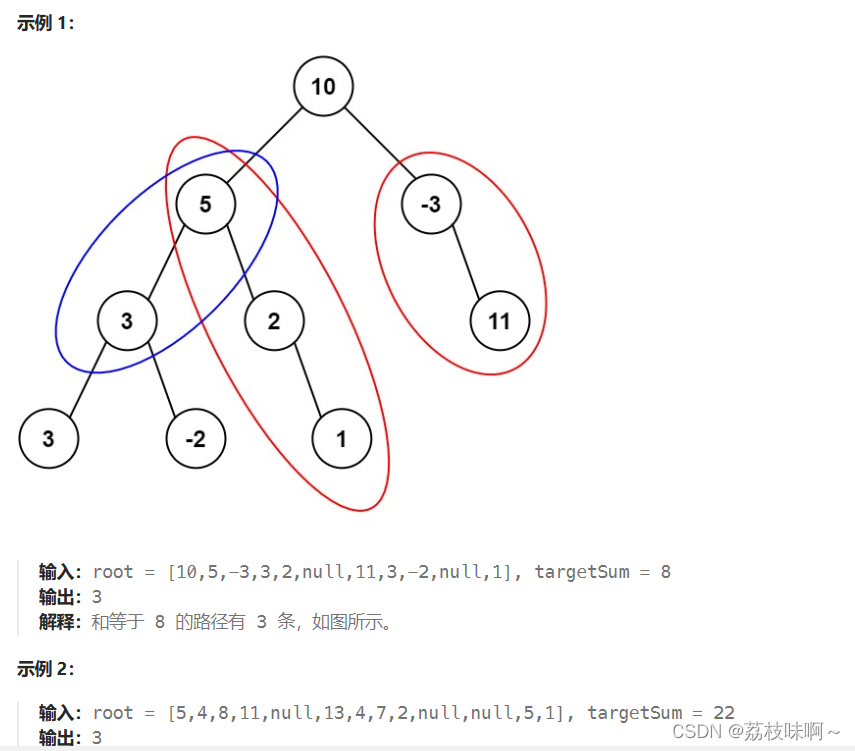
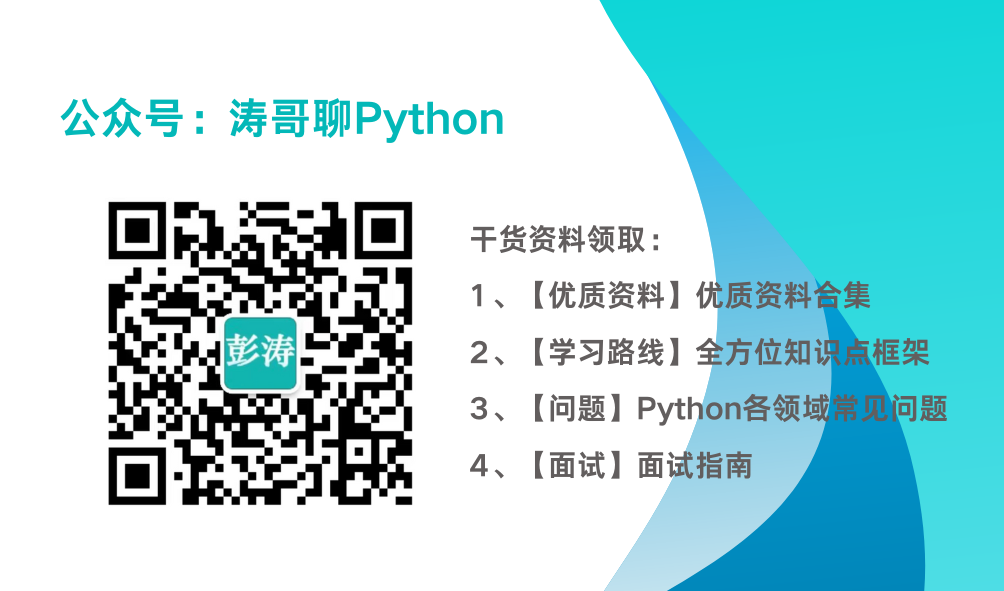
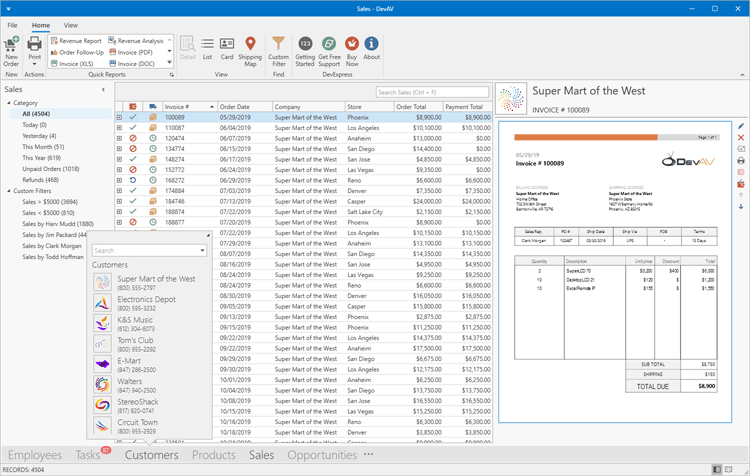

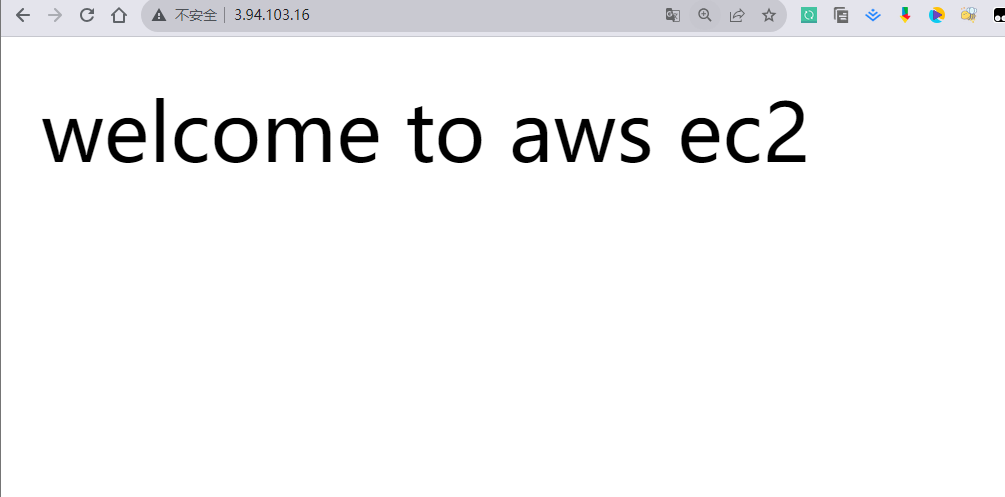
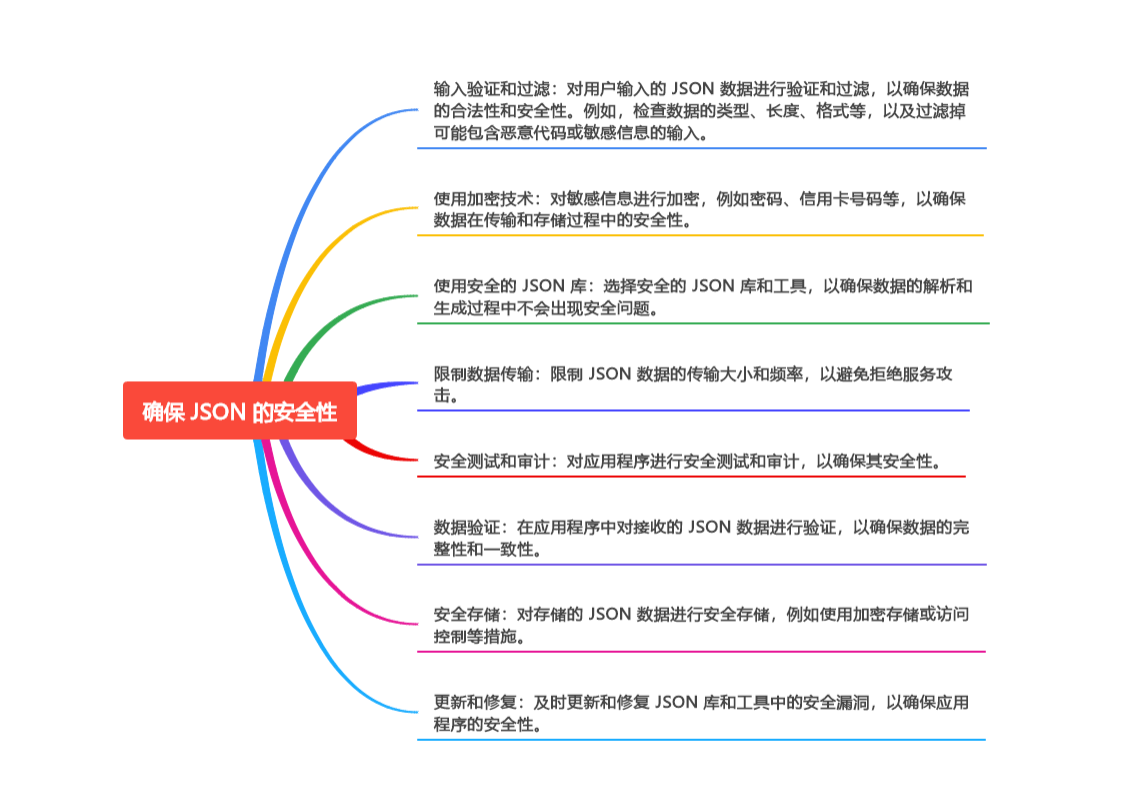
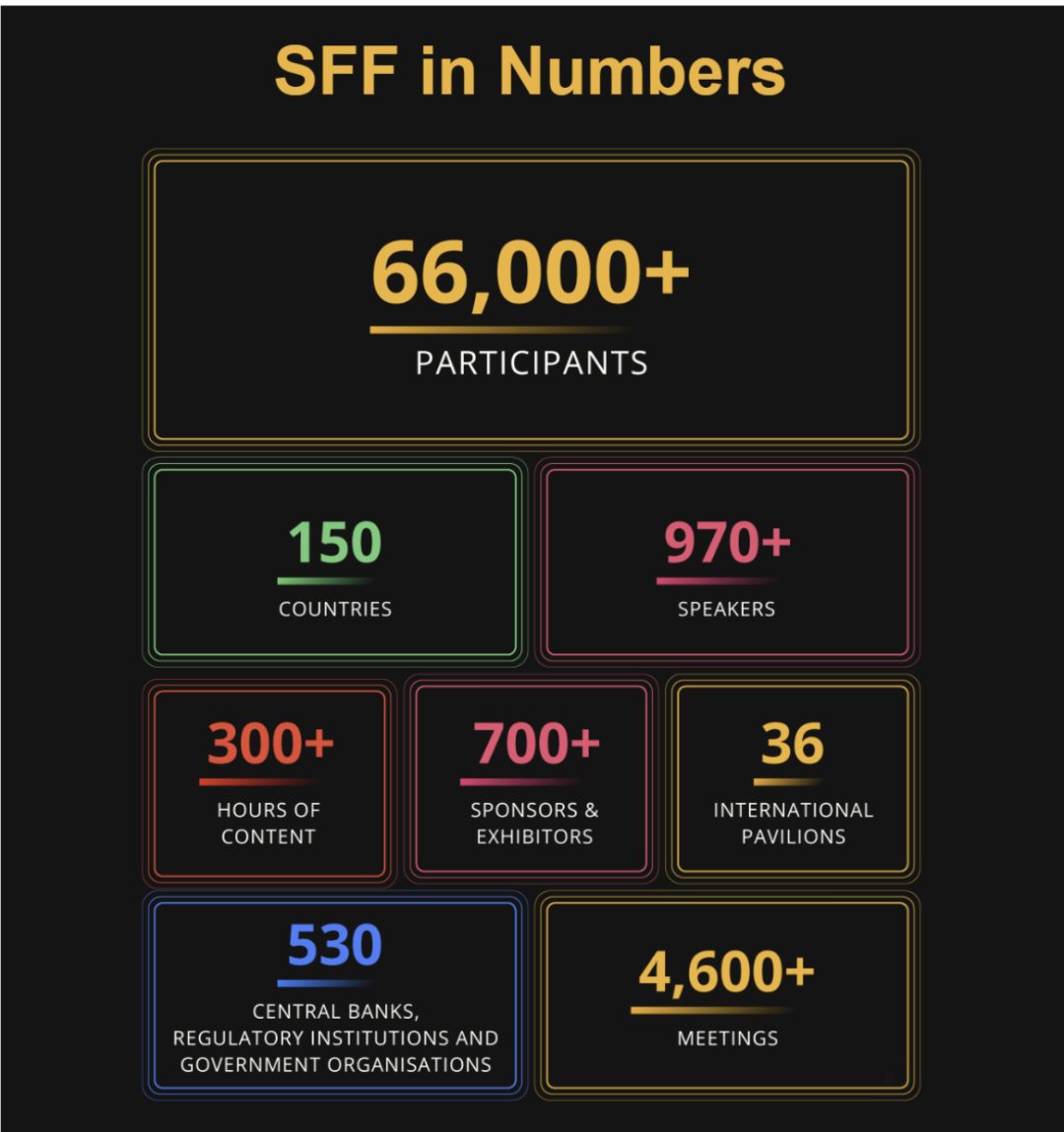

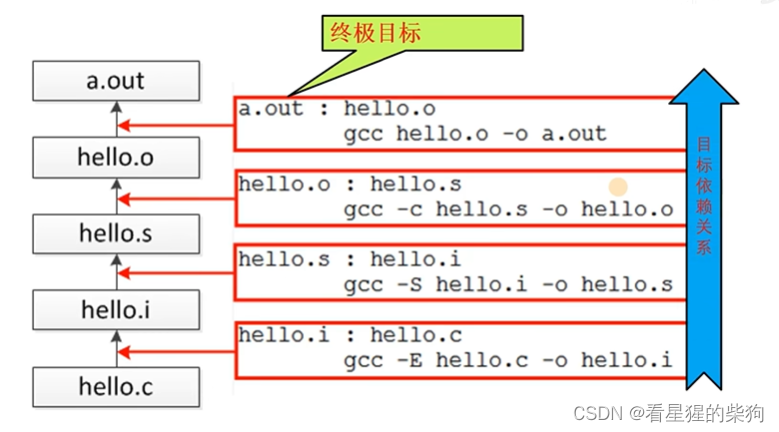
![(2/2)敏捷实践指南 Agile Practice Guide ([美] Project Management institute 著)](https://img-blog.csdnimg.cn/direct/821f3bec830e4195b4ac097f53d44d2a.png)
